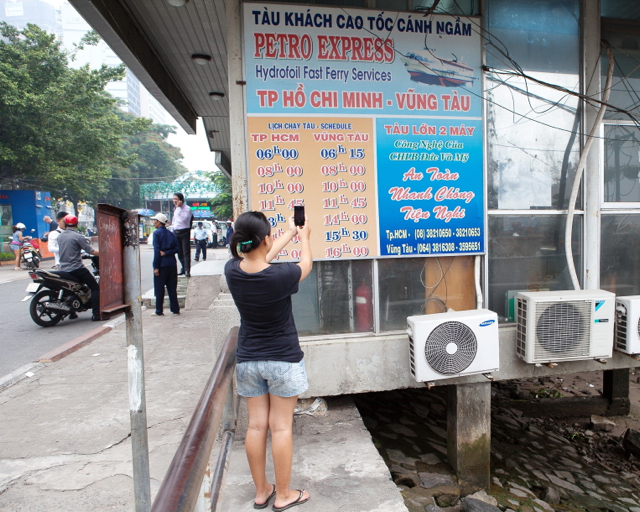While much of the data we collect and manage to support our mission of “organising the world’s transport information” is available electronically, an important slice of that data is not. What’s interesting is the inverse relationship between that hard-to-get data and user demand for journey plans that include “manual” routes.
The following graphics examine: (a) our data collection efforts, dividing routes between those collected automatically and those collected manually; and (b) user searches on the rome2rio.com website, divided between users clicking on a result that was collected electronically, versus clicking on a result that was collected manually:
In many ways this analysis is not surprising: routes between popular, heavily trafficked locations are more likely to be well known — and thus searched on less often — and more likely to be available to us electronically. Conversely, routes which include an endpoint which is off the beaten path will not be so well known, and the transport operators and government authorities in those places are less likely to have published their data or made it easily web accessible.
What is surprising is the relative importance to users of the manually collected data and the journey plans we are able to generate based on it: only 2% of all our transport routes are collected manually, but they represent 49% of user clicks. This is because our manual data collection is highly targeted to ensure we get the most bang-for-buck (in this case user engagement and clicks) for each route added.
Rome2Rio data researcher Vinh Dang, who is based in Ho Chi Minh City, collecting schedule information for the HCM-Vung Tau ferry service.
Manually collected data seems to be punching above its weight, but we don’t expect this outsize influence to wane: as we manually collect more data in less developed geographies a type of “network effect” comes into play, increasing both the value and visibility of the overall database. With that in mind we have beefed up our data research team, which currently comprises 27 analysts based in Argentina, Australia, Bolivia, Bulgaria, Colombia, Germany, Greece, Indonesia, Malaysia, Peru, Philippines, Serbia, South Korea, Spain, Thailand, Turkey, United Arab Emirates, the US and Vietnam.
Rod Cuthbert

